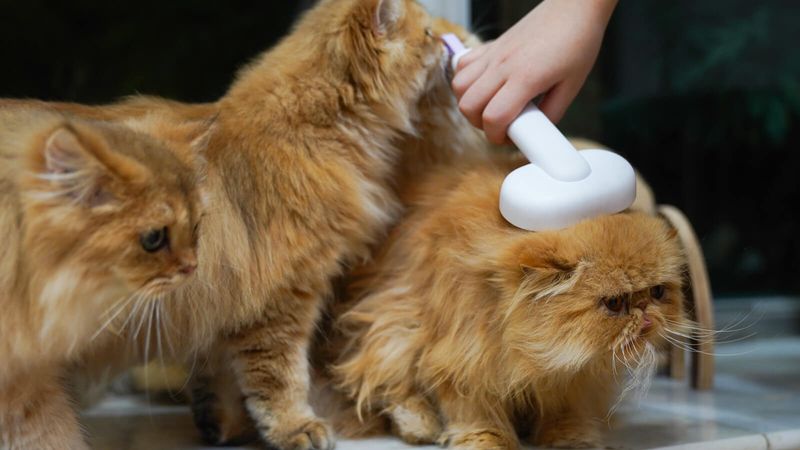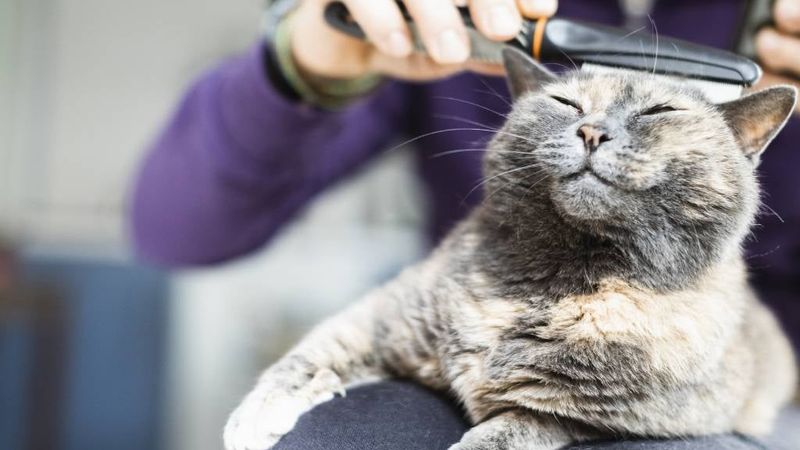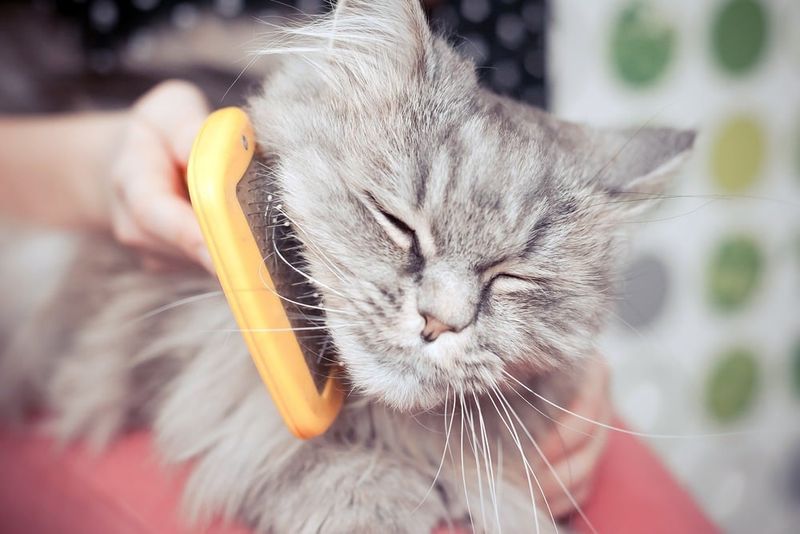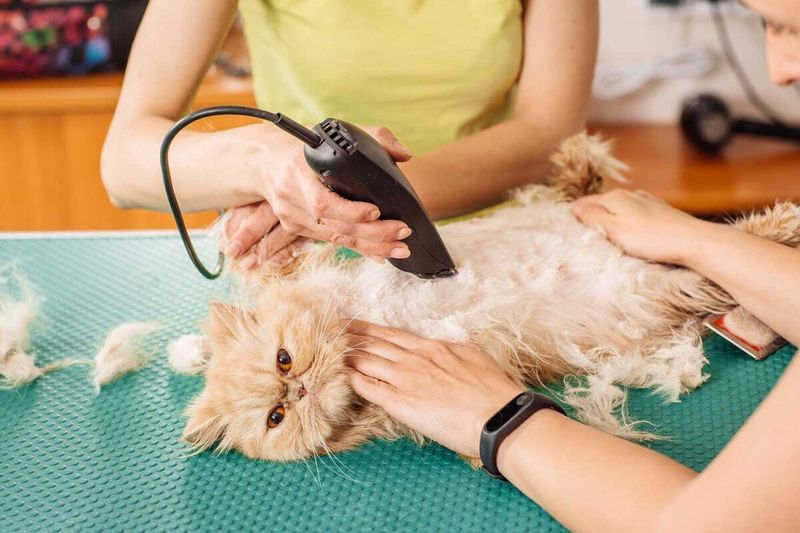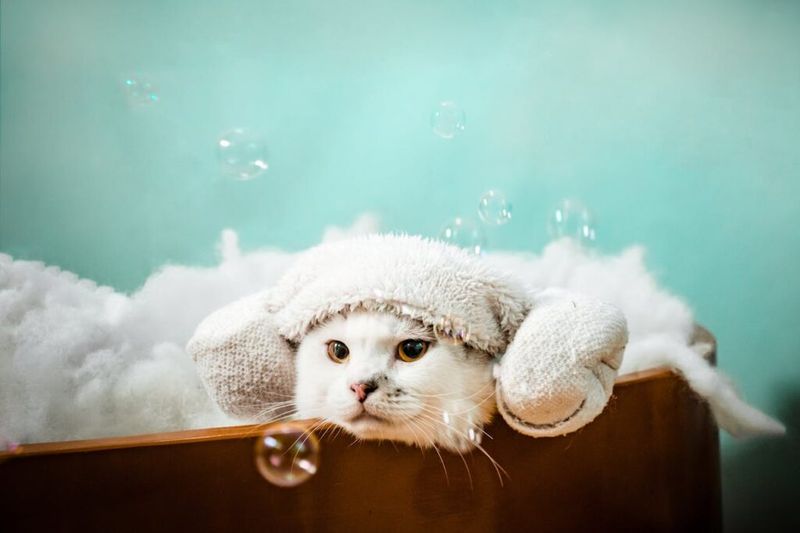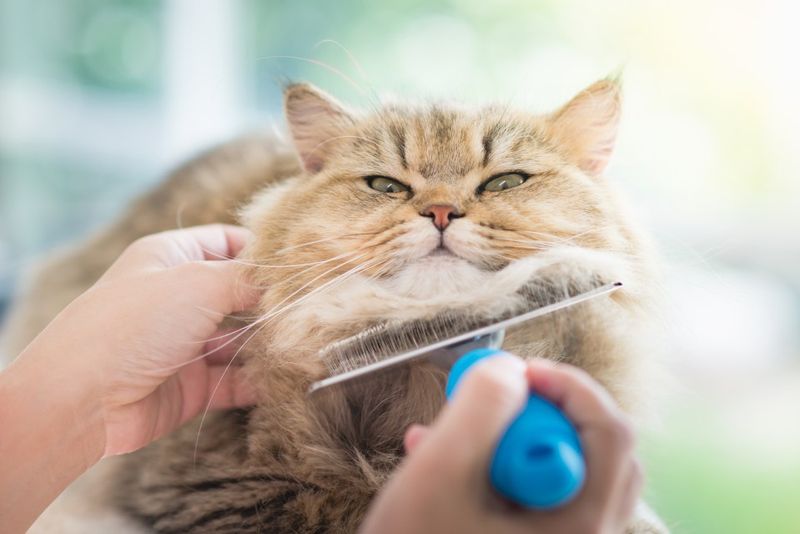📖 Table of Content:
Grooming your cat may seem like a simple task—just a few brushes here, a quick nail trim there, and you’re done, right? Not quite. Behind every calm, well-groomed feline is a dedicated cat parent who’s learned how to avoid common grooming blunders. Grooming isn’t just about appearance—it plays a crucial role in maintaining your cat’s health, comfort, and trust in you.
While cats are famous for their self-cleaning habits, they still benefit from human assistance—especially long-haired breeds or senior cats who might struggle to keep up. However, many well-meaning owners end up turning grooming into a dreaded event without realizing it. From using the wrong tools to ignoring your cat’s body language, there are small choices that can have big consequences.
This article breaks down eight specific mistakes that can sabotage your cat’s grooming routine. Each one can create lasting fear or discomfort for your cat, making grooming sessions feel more like a battle than a bonding moment. Let’s dive into the things you might be doing wrong—and more importantly, how to fix them.
1. Skipping the Acclimation Period
Introducing grooming tools too quickly can overwhelm your cat, especially if they’re naturally cautious or anxious. Instead of immediately going in with a brush or nail clipper, try letting your cat sniff and explore the items while you pet them. Let grooming become part of a calm, positive atmosphere—preferably when your cat is relaxed or sleepy. A sudden approach can trigger defensive behavior and turn grooming into a struggle. Trust builds slowly, especially in feline minds, so patience goes a long way. Soft praise and treats during these early moments can create good associations. Over time, your cat will be more likely to tolerate, even enjoy, grooming if they know what to expect.
2. Using the Wrong Tools
Not all grooming tools are created equal, and cats have unique needs compared to dogs or other animals. Using a stiff-bristled brush meant for canines can tug painfully at a cat’s sensitive skin or fine fur. Always choose a brush suited to your cat’s coat—like a slicker brush for long-haired cats or a rubber curry brush for short hair. Clippers must be sharp and quiet, especially for trimming nails, since loud buzzing can scare them off. If you’re unsure what to use, consult your vet or a professional groomer. The right tools make grooming quicker, gentler, and less stressful for both of you. Investing in proper equipment upfront can save you future vet visits and lots of scratched arms.
3. Grooming When the Cat Is Anxious or Agitated
Timing can make or break your grooming session. Attempting to groom right after playtime, a vet visit, or a loud household event can backfire. Your cat’s emotional state heavily influences how well they’ll tolerate handling. Pay attention to their mood—if they’re twitching their tail or pacing, wait for a calmer time. A relaxed cat is more likely to stay still and accept your touch. Ideally, groom when they’re sleepy, lounging in the sun, or purring on your lap. Choosing the right moment can turn grooming from a fight into a soothing ritual.
4. Neglecting Regular Grooming
Consistency matters more than intensity when it comes to grooming. Skipping regular brushing or trimming leads to bigger issues later—like painful mats or overgrown nails. These issues are much harder to deal with and can cause your cat to associate grooming with pain. Just a few minutes every few days can keep your cat’s coat clean, prevent shedding, and help you spot health issues early. Preventive care is far less stressful than reactive care. Making grooming part of your weekly routine turns it into a habit, not a chore. Your cat learns that grooming is just another part of life, not something to fear.
5. Pulling on Mats or Tangles
Tugging at fur knots is a quick way to break your cat’s trust—and possibly their skin. Mats are painful, and jerking at them only worsens the discomfort. Use detangling sprays, work slowly with your fingers, or carefully snip out mats with blunt-ended scissors. If mats are severe, don’t hesitate to seek help from a professional groomer. There’s no shame in calling in the pros for your cat’s comfort. Hurting your cat during grooming even once can create long-term fear. Always prioritize gentle handling over speed.
6. Bathing Incorrectly (or Too Often)
Though it might seem helpful, bathing your cat too often—or with the wrong products—can harm their skin. Unlike dogs, most cats rarely need full baths unless they’re especially dirty or sick. Human shampoos, even “gentle” ones, can disrupt a cat’s pH balance and cause irritation. Use only cat-specific shampoos and always rinse thoroughly to remove all product residue. Make sure the water temperature is warm, not hot, and avoid getting water in their ears or eyes. Limit baths to situations where it’s absolutely necessary. Overbathing strips away natural oils that keep their skin healthy.
7. Ignoring Your Cat’s Body Language
Body language is your cat’s main way of communicating discomfort. Tail flicks, flattened ears, dilated pupils, or low growls are early warning signs that it’s time to back off. Ignoring these cues can escalate things quickly into swats or bites. Respecting your cat’s signals helps build a stronger bond and makes grooming feel safer over time. Watch their reactions and respond gently—pause or stop if needed. Grooming should never feel like punishment or domination. When your cat sees you respond to their needs, they’ll trust you more the next time.
8. Not Rewarding Good Behavior
Positive reinforcement is one of the most powerful training tools you have. When your cat stays still, lets you brush them, or tolerates nail trimming, reward them right after with a treat, praise, or extra cuddles. Skipping this step misses an opportunity to make grooming feel worthwhile. Over time, your cat will associate grooming with good things—making them more likely to cooperate. Reinforcing the behavior you want always works better than punishing the behavior you don’t. Celebrate small wins, like a minute of calm brushing. Those rewards add up to long-term grooming success.


